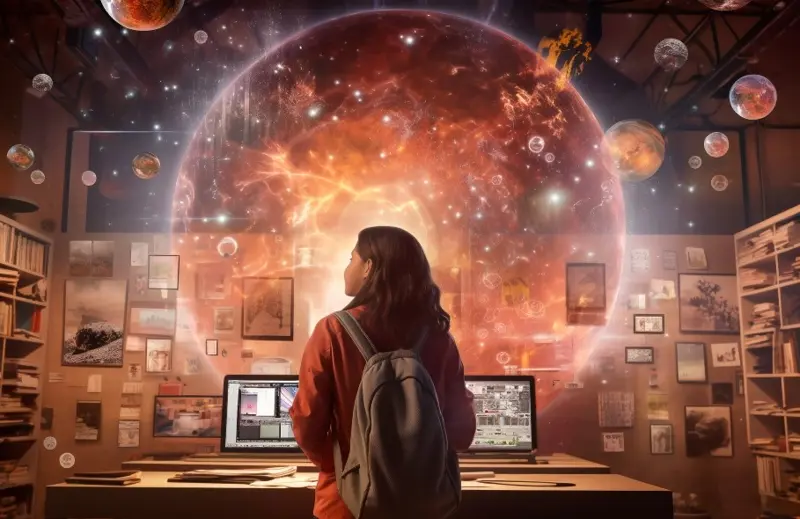Artificial intelligence is rapidly transforming how people learn work and connect and higher education is directly in the middle of this change. Many headlines suggest that college students are handing their studies over to AI tools. This view paints an incomplete picture. Instead of undermining academic integrity or replacing teachers AI has the potential to strengthen education when it is applied with care and responsibility.
History provides useful perspective. Every new technology in classrooms has been met with skepticism. Calculators once raised concerns about weakening math skills. CliffsNotes were criticized for taking shortcuts in literature courses. The rise of Wikipedia and the internet sparked fears about plagiarism. Even in ancient Greece Socrates argued that the written word would reduce memory. Yet time and again these same innovations became powerful resources for learning.
AI now stands at a similar point. The role of universities is not to reject it but to guide students in using it wisely and ethically. Institutions that embrace AI can open doors to better learning stronger workforce readiness, and deeper community impact.
The University of Nebraska at Omaha offers a strong example. In the past year the university has launched an AI Learning Lab partnered with OpenAI to test ChatGPT tools for campus use, and created one of the first undergraduate degrees in artificial intelligence in the United States. This fall the university will also host OMA x AI an event designed to help the community explore the practical benefits of generative AI. These steps reflect an important principle. AI should not be viewed as a danger to education but as a tool that can expand opportunity.
AI brings several benefits to students. First, it can provide personalized support. Adaptive learning platforms can identify when a student is struggling and offer targeted resources to help them improve. For working parents first generation college students or learners from different social and economic backgrounds AI can make education more achievable and inclusive.
Second, AI is already reshaping the job market. Employers in healthcare, logistics, business, and the arts are looking for graduates who know how to use AI systems to expand creativity and efficiency. If universities fail to integrate AI into their teaching, students may enter the workforce unprepared.
Third, there are skills that AI cannot replace. Abilities such as critical thinking, ethical reasoning, leadership, empathy, and teamwork remain uniquely human. As AI becomes more common, these qualities will become even more valuable. Universities must therefore prepare students to combine technical knowledge with human centered skills. A business student might learn data analysis while also building communication skills and an art student could explore digital design while developing creative expression that no machine can imitate. This blend ensures long term competitiveness in a changing economy.
AI also strengthens the role of universities in their communities. By applying AI to teaching, research and outreach institutions can help solve real challenges in healthcare nutrition public safety business and education. Partnerships with industries schools and civic organizations make regions stronger and more resilient.
Yet these opportunities require responsibility. Higher education must continue to teach integrity critical thinking, and ethics. Students should not only know how to use AI but also how to question it validate its accuracy and apply it thoughtfully. The mission of education is not to avoid new technology but to prepare learners to navigate it with wisdom.
AI is not a replacement for the human side of learning. It is a tool that can amplify it. By approaching AI with optimism and responsibility higher education can continue to do what it has always done best empower students support communities and improve lives.
